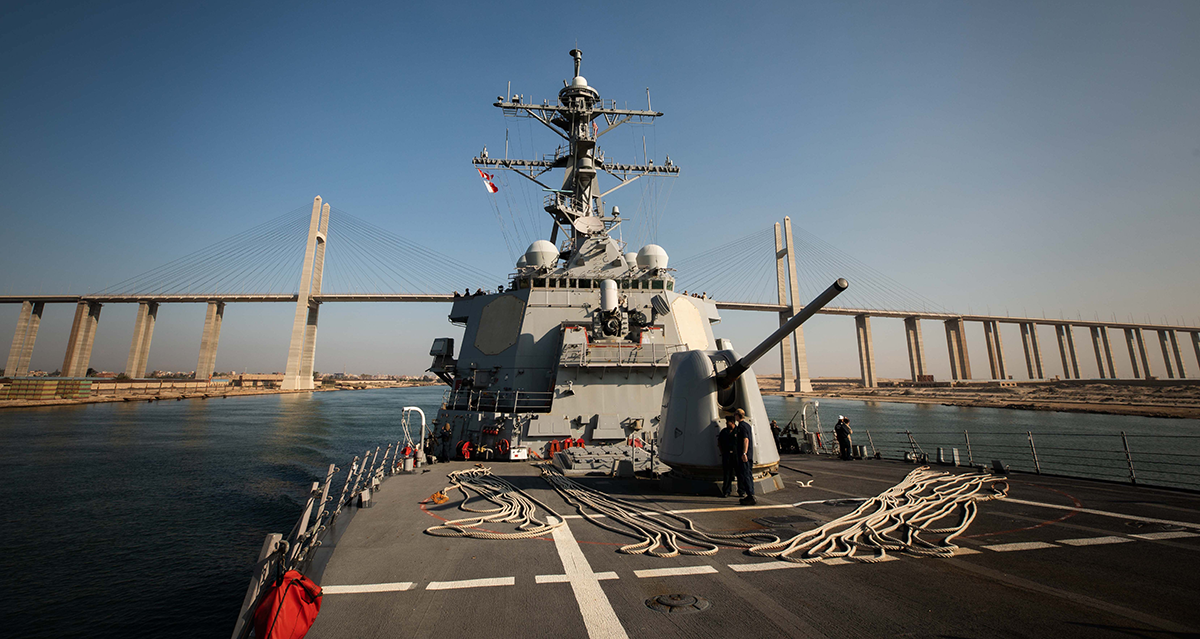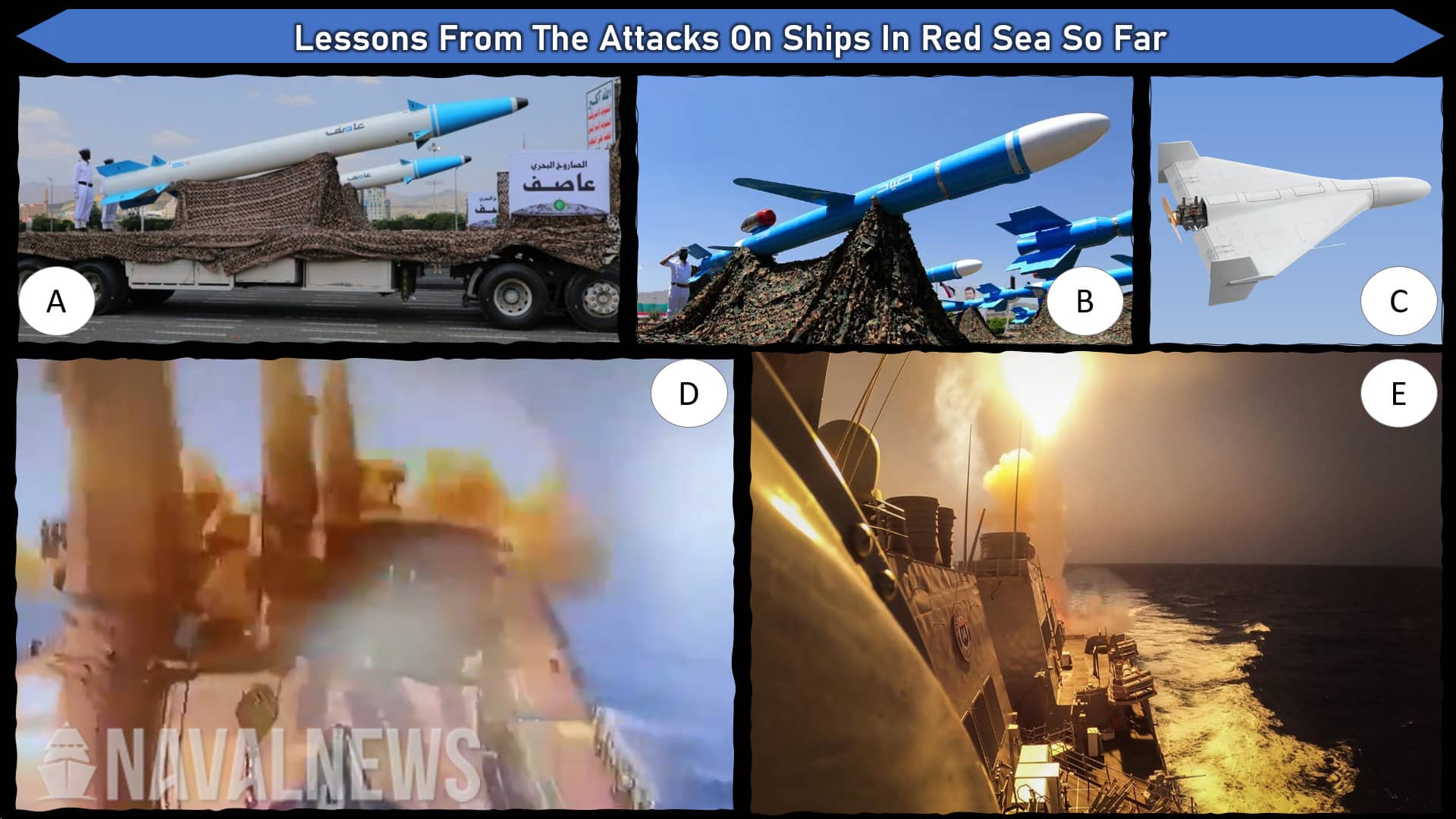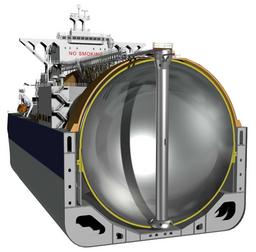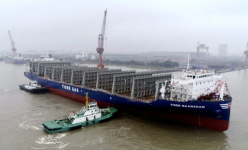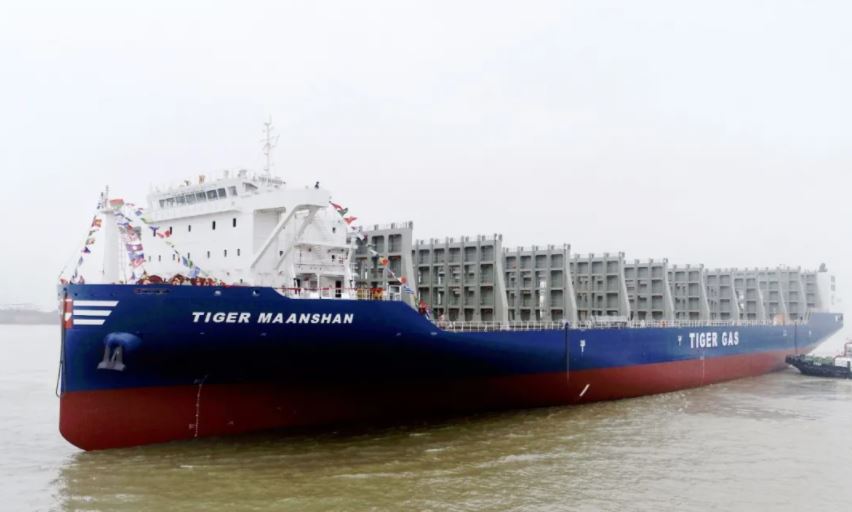- Reaction score
- 7,347
- Points
- 1,160
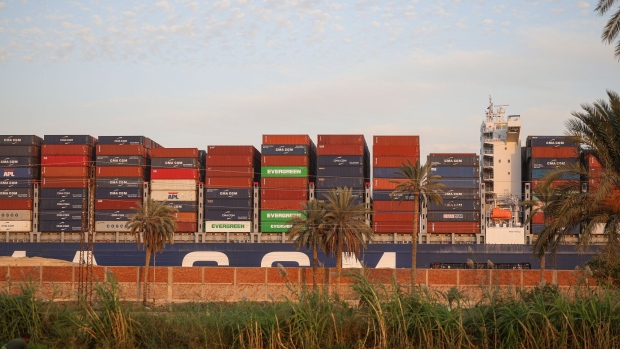
Houthi Missiles Do Far More Damage to Trade Than to Actual Ships - BNN Bloomberg
Houthi attacks on merchant shipping in and around the southern Red Sea are causing widespread disruption to global trade — but the damage to individual vessels has so far been relatively light.
(Bloomberg) -- Houthi attacks on merchant shipping in and around the southern Red Sea are causing widespread disruption to global trade — but the damage to individual vessels has so far been relatively light.
Since mid-November, at least 16 ships have suffered direct strikes by Houthi drones or missiles, according to data from intelligence firm Ambrey Analytics. All were able to continue their voyages under their own propulsion. Images released by the Indian Navy on Thursday following another incident showed scarring and burn marks — but nothing that would hinder navigation.
“There have been no reports of significant damage or any crew injury as a consequence of the several attacks,” said Mark O’Neil, Chief Executive Officer of Columbia Group, one of the world’s top ship-management companies. “We do not believe that this is by accident but that it rather suggests that the Houthis are being very careful and deliberate.”
Contributing factors? My guesses.
Very big ships. Heavily compartmentalized (Maersk Triple Es carry 18,000 40 foot sea cans - each one a separate watertight compartment). Small crews (13 for a Triple E). Attacks from above detonating above the waterline.
Of the 16 ships, six had a status of “in casualty or repairing” while the remainder were sailing or had recently arrived at ports, making it hard to discern whether they would be repaired immediately or later.


